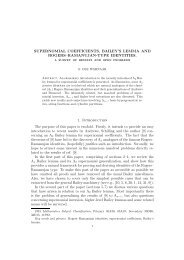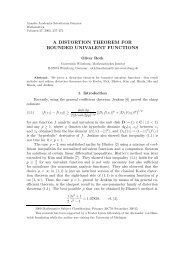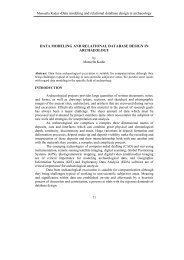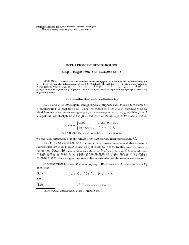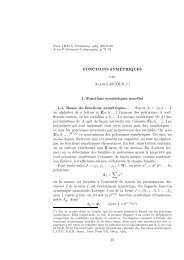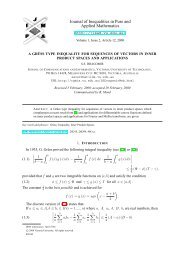CHAPTER 6 TWO-COLORED WALLPAPER PATTERNS 6.0 ...
CHAPTER 6 TWO-COLORED WALLPAPER PATTERNS 6.0 ...
CHAPTER 6 TWO-COLORED WALLPAPER PATTERNS 6.0 ...
You also want an ePaper? Increase the reach of your titles
YUMPU automatically turns print PDFs into web optimized ePapers that Google loves.
Is the half turn (at) K color-preserving or color-reversing? In<br />
view of K = G 1<br />
∗G (G applied upwards (P) followed by G +<br />
(P)) and<br />
1<br />
K = G 2<br />
∗G (G applied downwards (P) followed by G −<br />
(R)) we conclude<br />
2<br />
that the half turn at K must be both color-preserving and colorreversing;<br />
that is, the situation featured in figure 6.55 (‘mixed’<br />
horizontal axes) is impossible.<br />
We conclude that each of the two pg-like ‘factors’ of a pgg-like<br />
pattern could be either a pg or a pg′ , but not a p b<br />
′ 1g. This should<br />
allow for four possibilities, but since the outcome of this<br />
‘multiplication’ is not affected by the order of ‘factors’, we are<br />
down to three types:<br />
pgg = pg × pg, pgg′ = pg × pg′ = pg′ × pg, pg′ g ′ = pg′ × pg′<br />
6.6.3 Another way of looking at it. The discussion in 6.6.2 was<br />
very useful in terms of analysing the structure of the pgg pattern,<br />
but it is certainly not the easiest way to see that any two of its<br />
glide reflections parallel to each other must have the same effect on<br />
color. Indeed that follows at once from our Conjugacy Principle<br />
(6.4.4): every two adjacent parallel axes are mapped to each other<br />
by any half turn center lying half way between them! It might be a<br />
good idea for you to see how the Conjugacy Principle works in this<br />
special case, though: you should be able to provide your own proof,<br />
arguing in the spirit of figure 6.36.<br />
In another direction now, let’s revisit the pgg example of 4.8.3<br />
and figure 4.43. We state there, with the Conjugacy Principle in mind<br />
(4.11.2), that it appears that there are two kinds of glide<br />
reflection axes in both directions: our reservations are now further<br />
justified by the impossibility of coloring that pattern in such a way<br />
that any two parallel glide reflections would have opposite effect on<br />
color!<br />
6.6.4 Further examples. First, three pgg-like ‘triangles’ that<br />
you should compare to the p2-like patterns of figure 6.46:



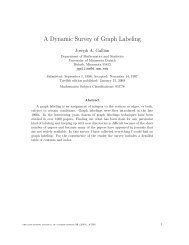


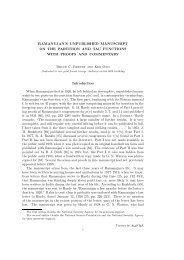
![(.,t ] and [s, .) , where [s,t ] = {s' GT; s ¤ s' ¤ t} , (.,t ] = {s' GT; s' ¤ t} and ...](https://img.yumpu.com/43303393/1/184x260/t-and-s-where-st-s-gt-s-a-s-a-t-t-s-gt-s-a-t-and-.jpg?quality=85)
